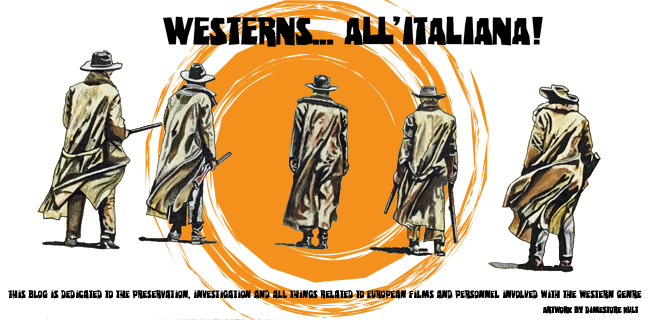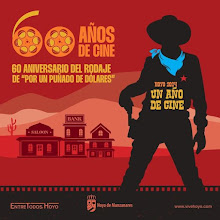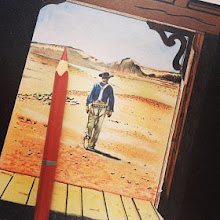Il suo nome gridava vendetta – Italian tile
Verikostaja – Finnish title
Blodshämnaren – Finnish title
Son nom crie vengeance – French title
Les pistoleros du Nevada – French title
Django spricht das Nachtgebet – German title
I ekdikisis mou einai keravnos – Greek title
O Vingador – Portuguese title
Su nombre gritaba venganza – Spanish title
Drick ur whiskyn - lämna stan! – Swedish title
A Name that Cried Revenge – English title
Cry for Revenge – English title
The Man Who Cried for Revenge – English title
A 1968 Italian production [Patry Film, Selenia
Cinematografica (Rome)]
Producer: Bianco Manini
Director: William Hawkins (Mario Caiano)
Story: Mario Caiano
Screenplay: Mario Caiano, Tito Carpi (Titus Carpi)
Cinematography: Enzo Barboni [Tecnhicolor, Techniscope]
Music: Robby Poitevin
Running time: 95 minutes
Cast:
Davy Flanagan/Drake – Anthony Steffen (Antonio de Teffe)
Sam Kellogg – William Berger (Wilhelm Berger)
Lisa Flanagan – Evelyn Stewart (Ida Galli)
Clay Hackett/Hooker – Robert Hundar (Claudio Undari)
Dirty – Mario Brega
Crazy Joe – Fortunato Arena
Bud/Buddy – Claudio Ruffini
Jack – Raf Baldassarre (Raffaele Baldassarre)
Whore – Rosella Bergamonti
Buddy’s henchman – Renzo Pevarello
Bounty Hunter – Jean Louis
Jack’s henchman – Aldo Dell’Acqua (Arnaldo Dell’Acqua)
Old man with letter – Osiride Pevarello
Crazy Joe’s henchmen – Umberto Di Grazia, Rocco Lerro
With: Luis Barboo, Eleanora Vargas

The Civil War is long over and Davy Flanagan, his life in
ruins, only remembers being hit in the head and running away from a hospital.
He’s captured by a bounty hunter and brought to justice in the nearby town of
Dixon. During the trip, exasperated by the violence that is done to him, Davy
grabs the bounty hunter’s gun t and kills him. It takes skill to be so
proficient in the use of weapons and Flanagan continued on to Dixon determined
to shed light on his past. Here he learns from Judge Sam Kellogg he is wanted
as a deserter from the Union army and that his wife, Lisa, is married to a
bandit named Clay Hackett. Escaping from being captured, he knows that Kellogg is
the real deserter and Kellogg tries to kill him. Davy learns that Hackett leads
a band of outlaws. After a series of adventures Davy manages to eliminate all
outlaw henchmen of Hackett and eventually discovers that Hackett was the one
who hurt and betrayed him. At the conclusion of events, Lisa kills Hackett and
Davy gets the better of Kellogg.
















